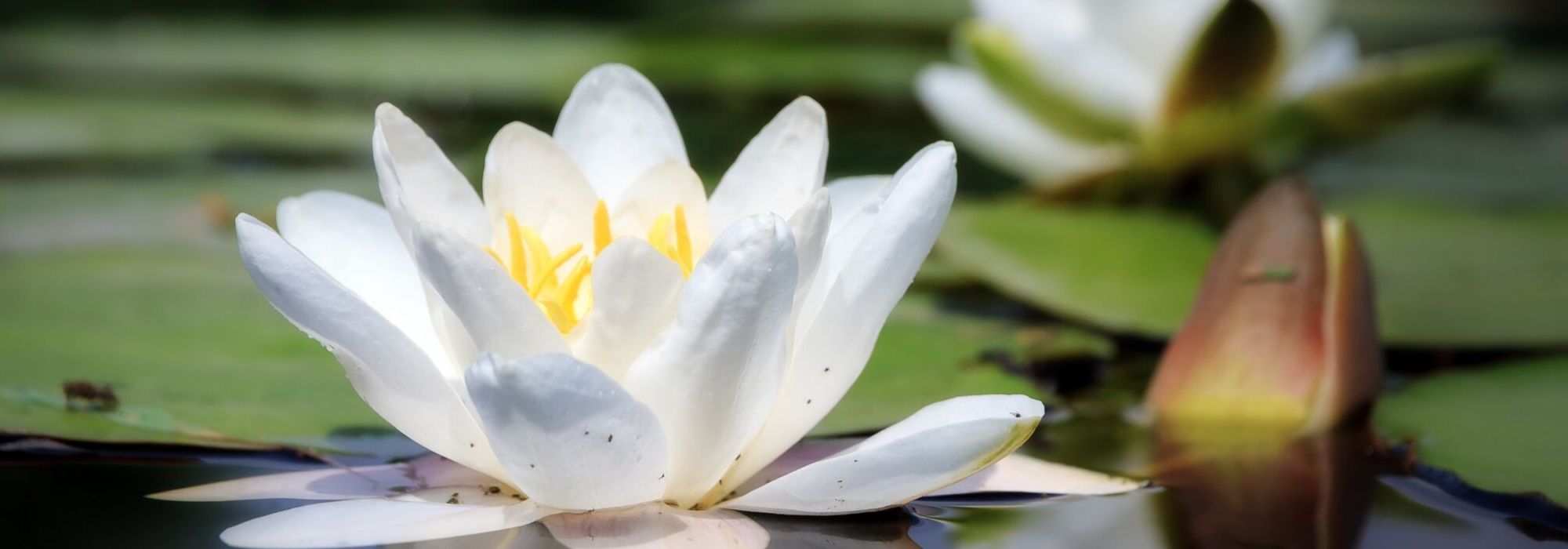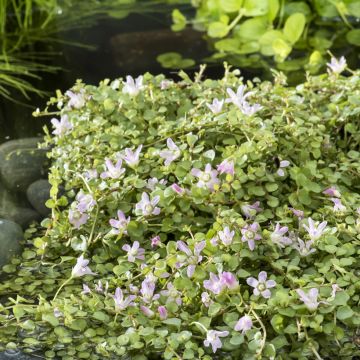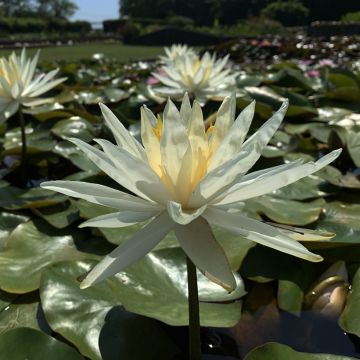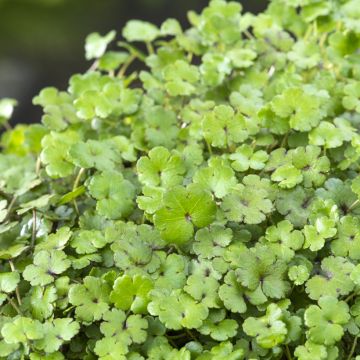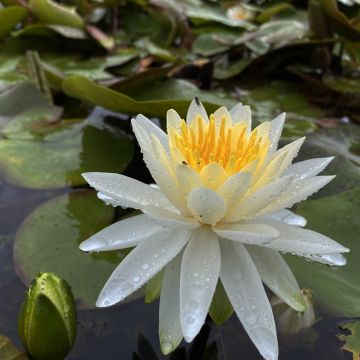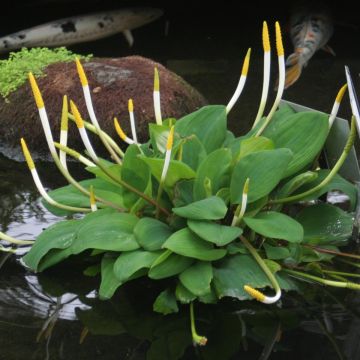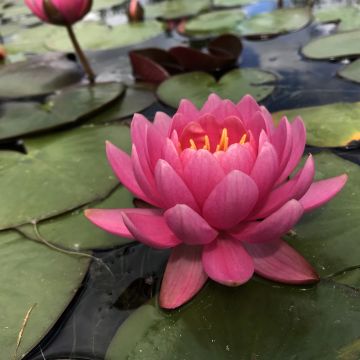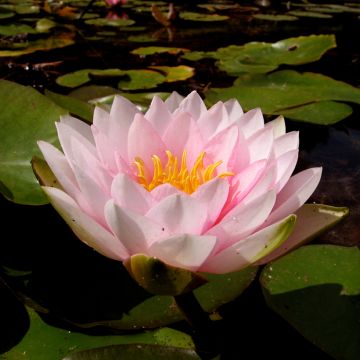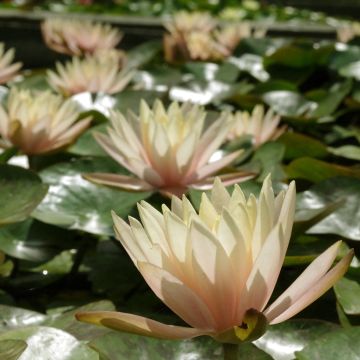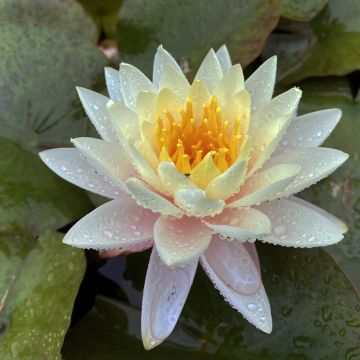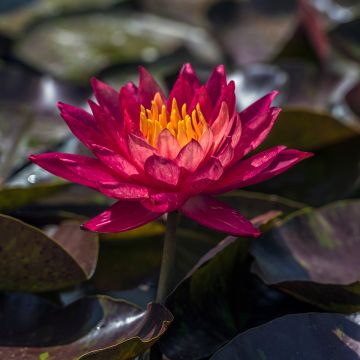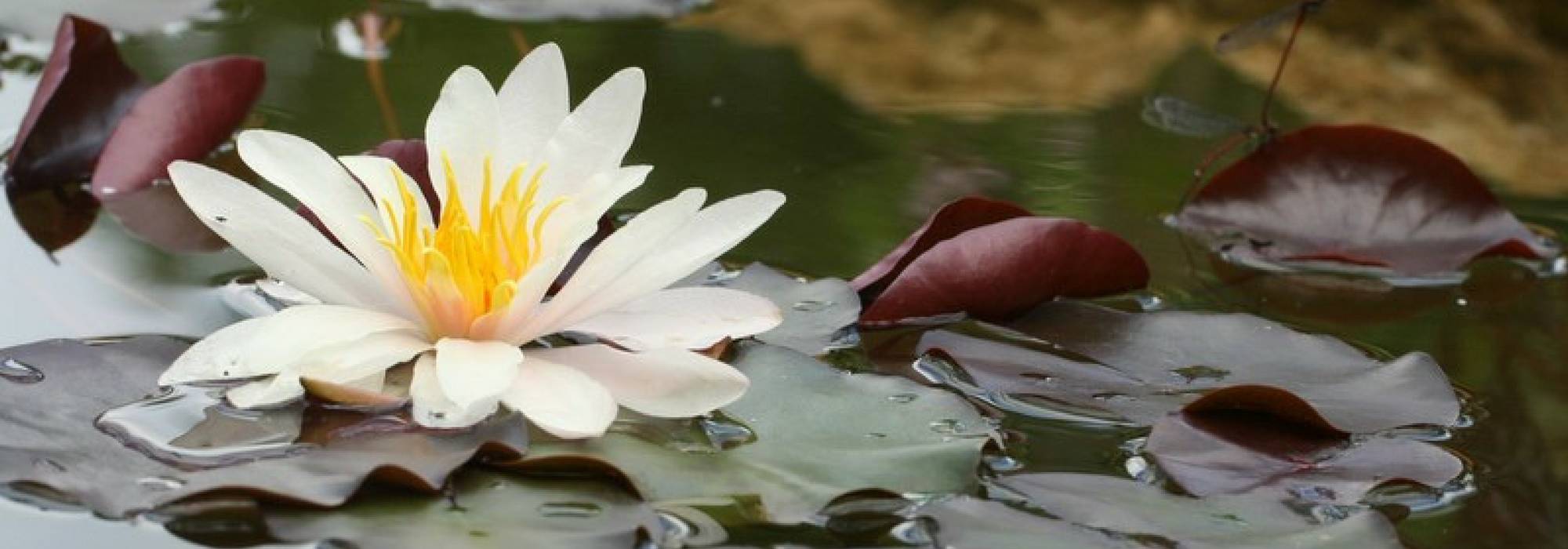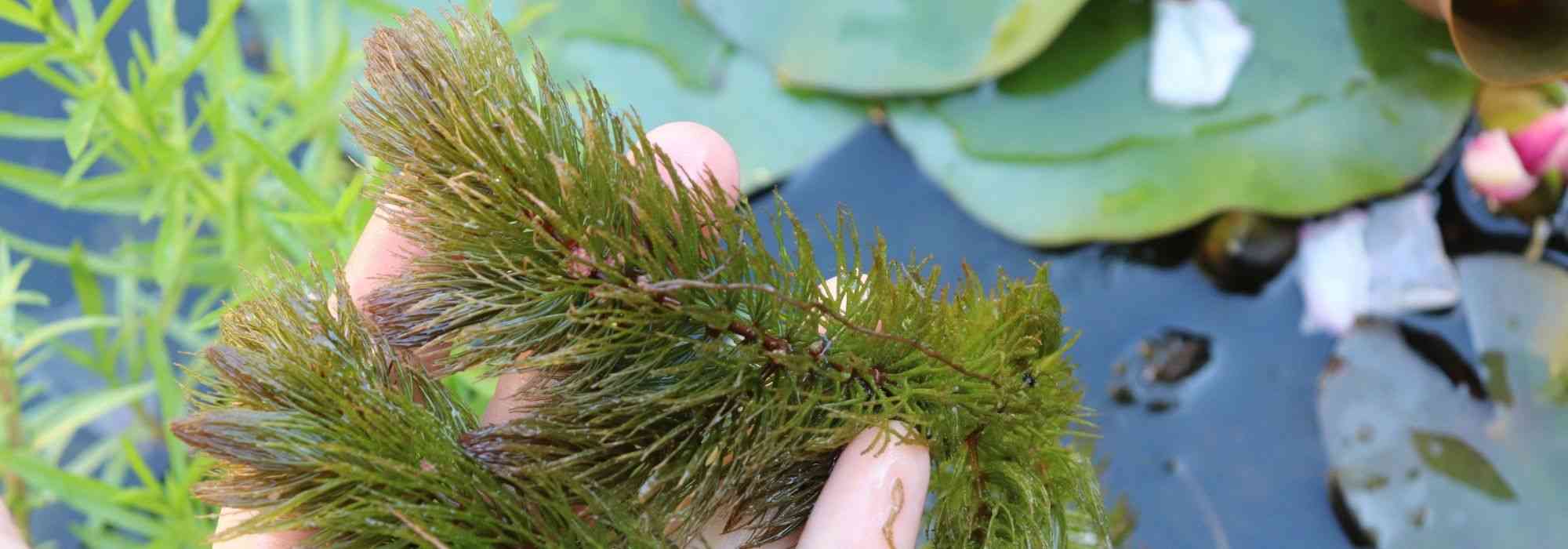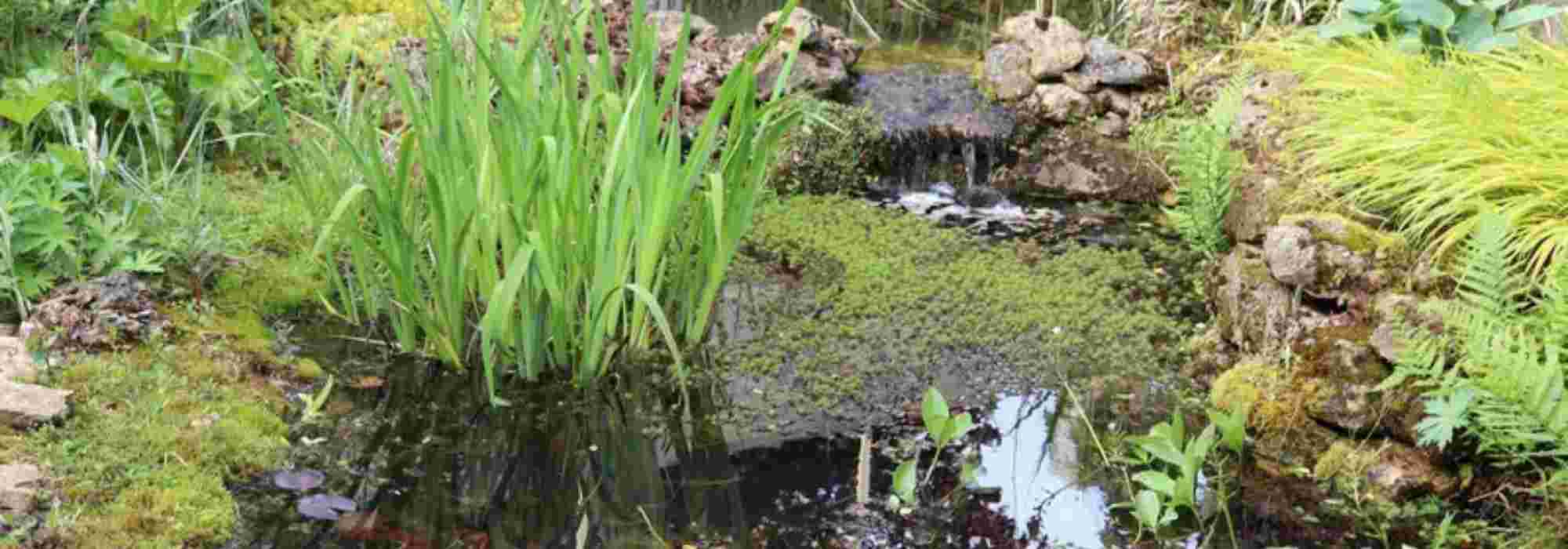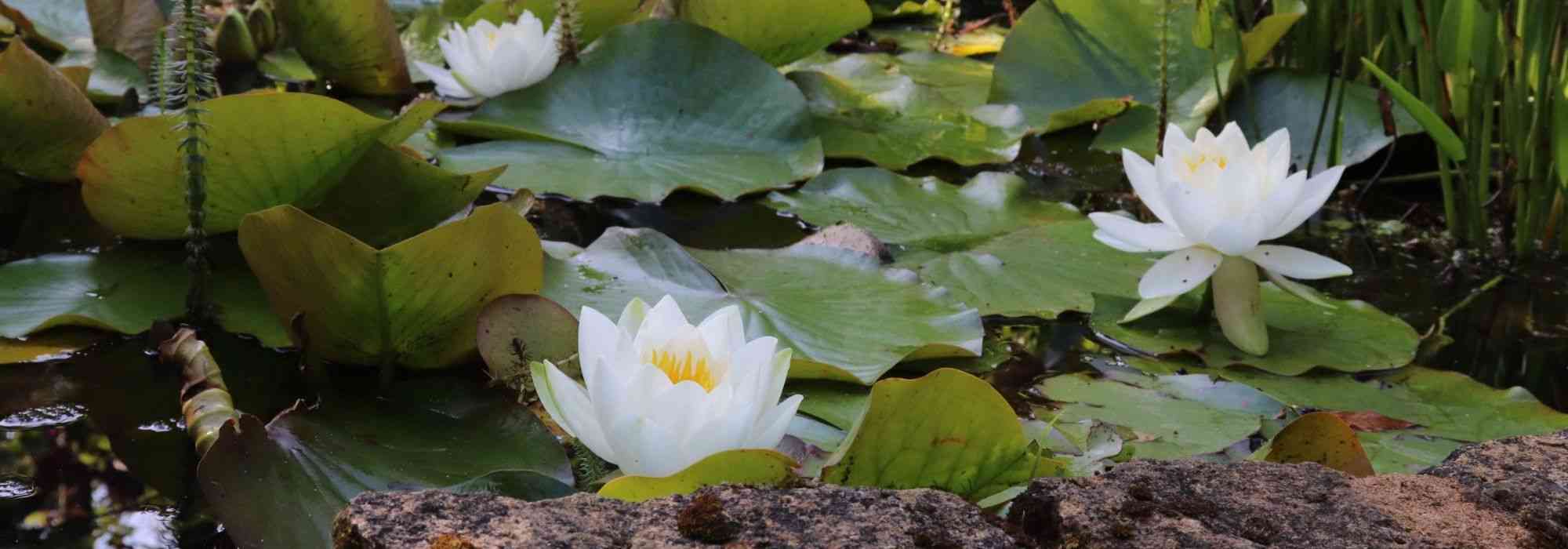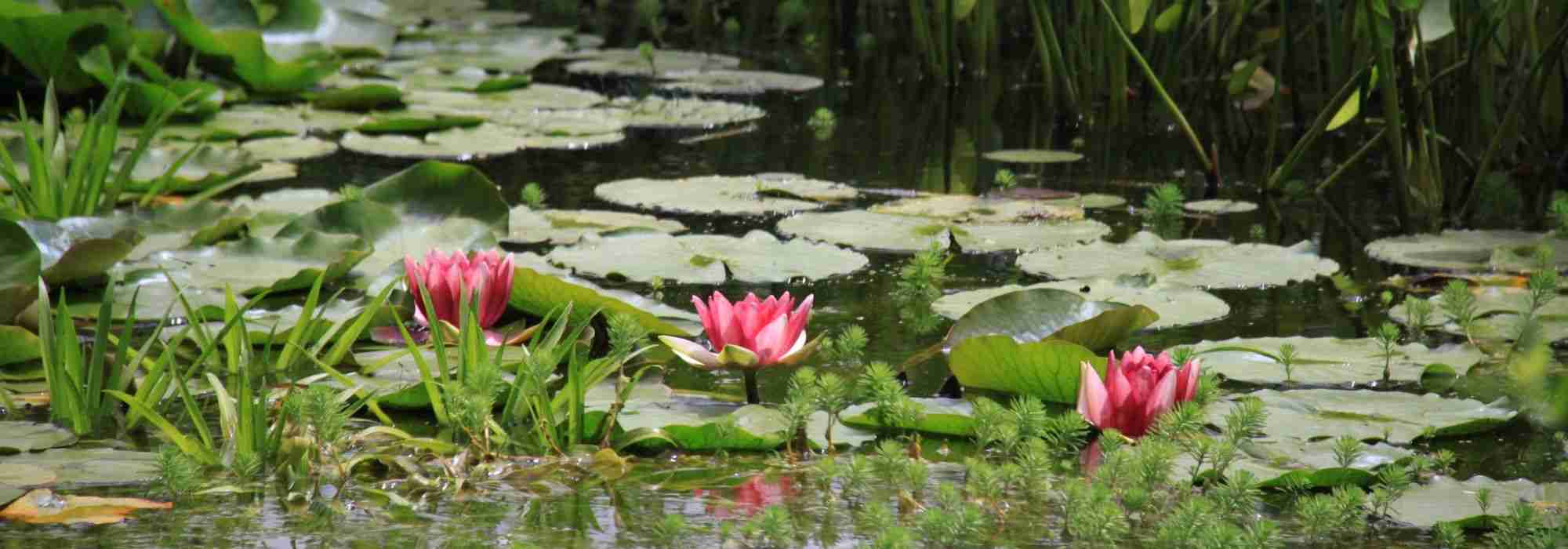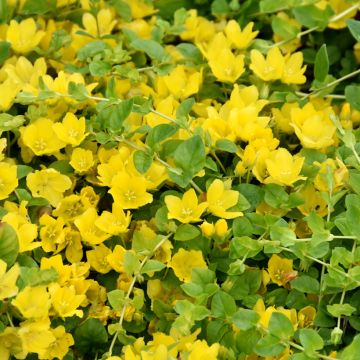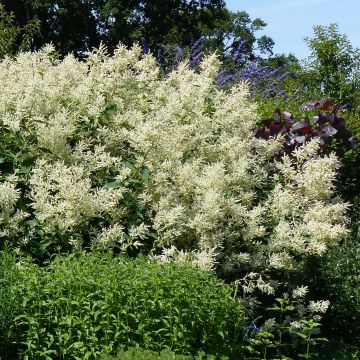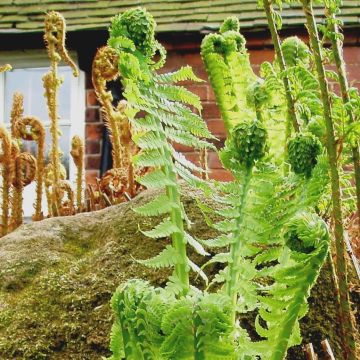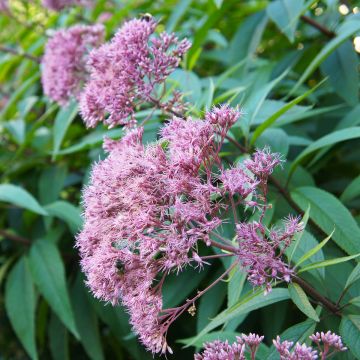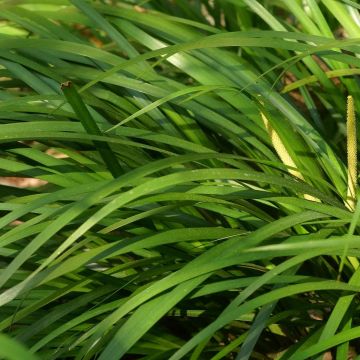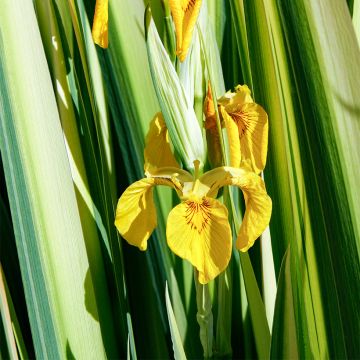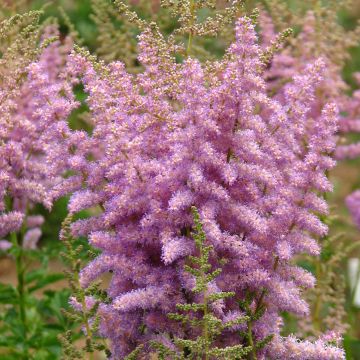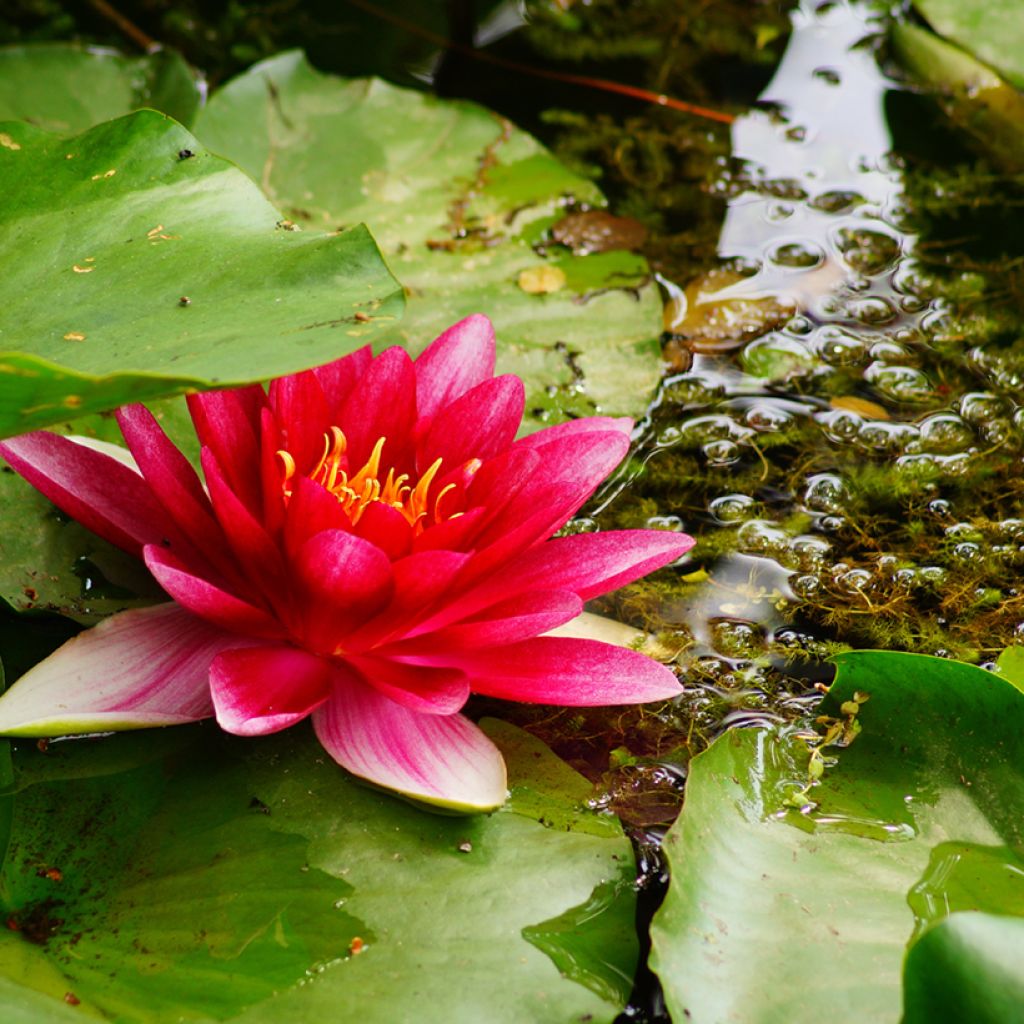

Nymphaea Attraction - Water Lily
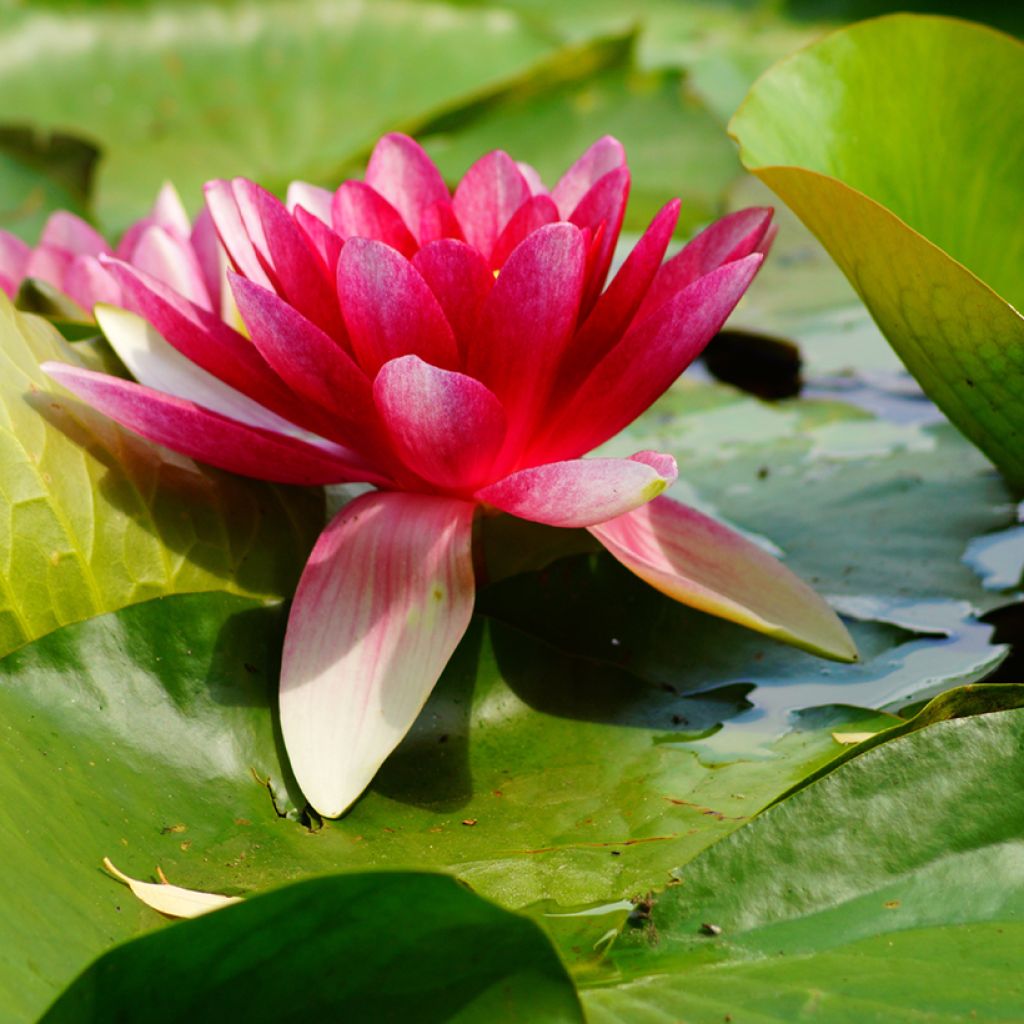

Nymphaea Attraction - Water Lily
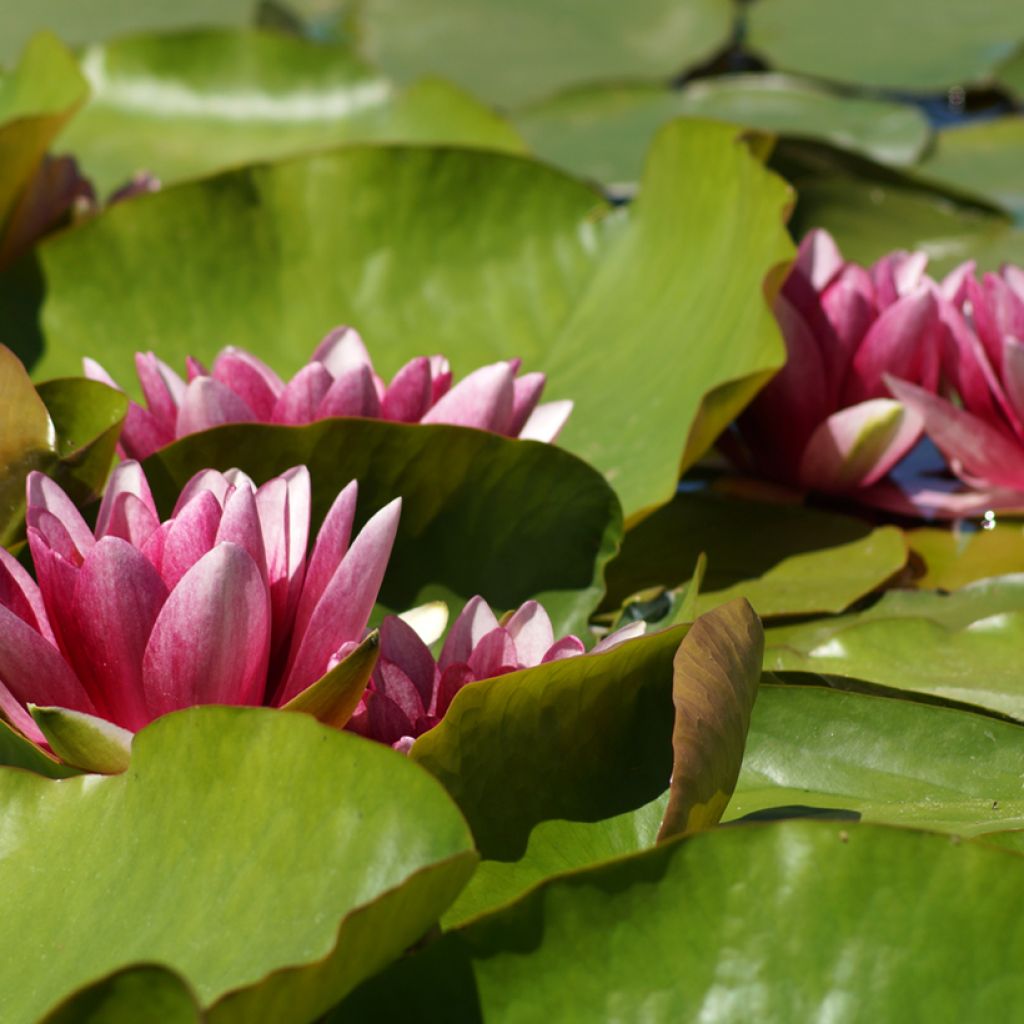

Nymphaea Attraction - Water Lily
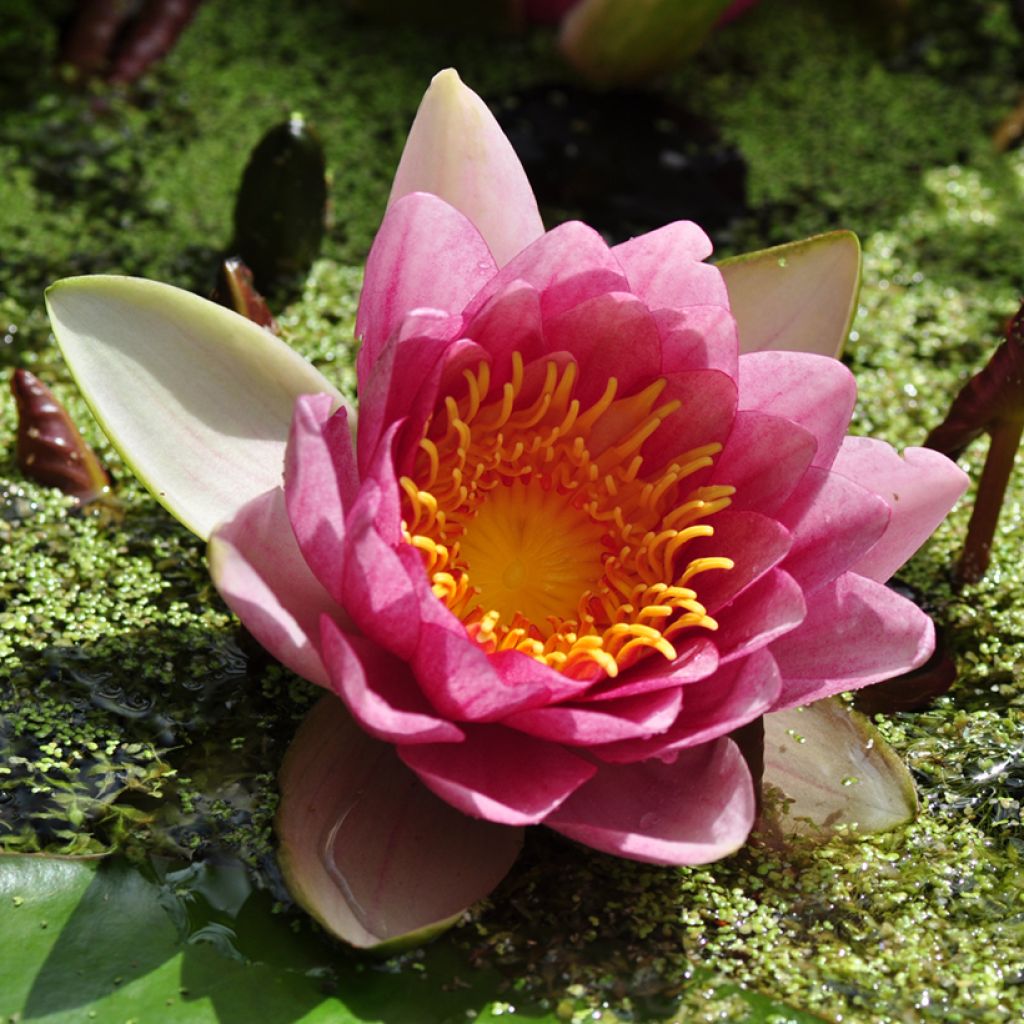

Nymphaea Attraction - Water Lily
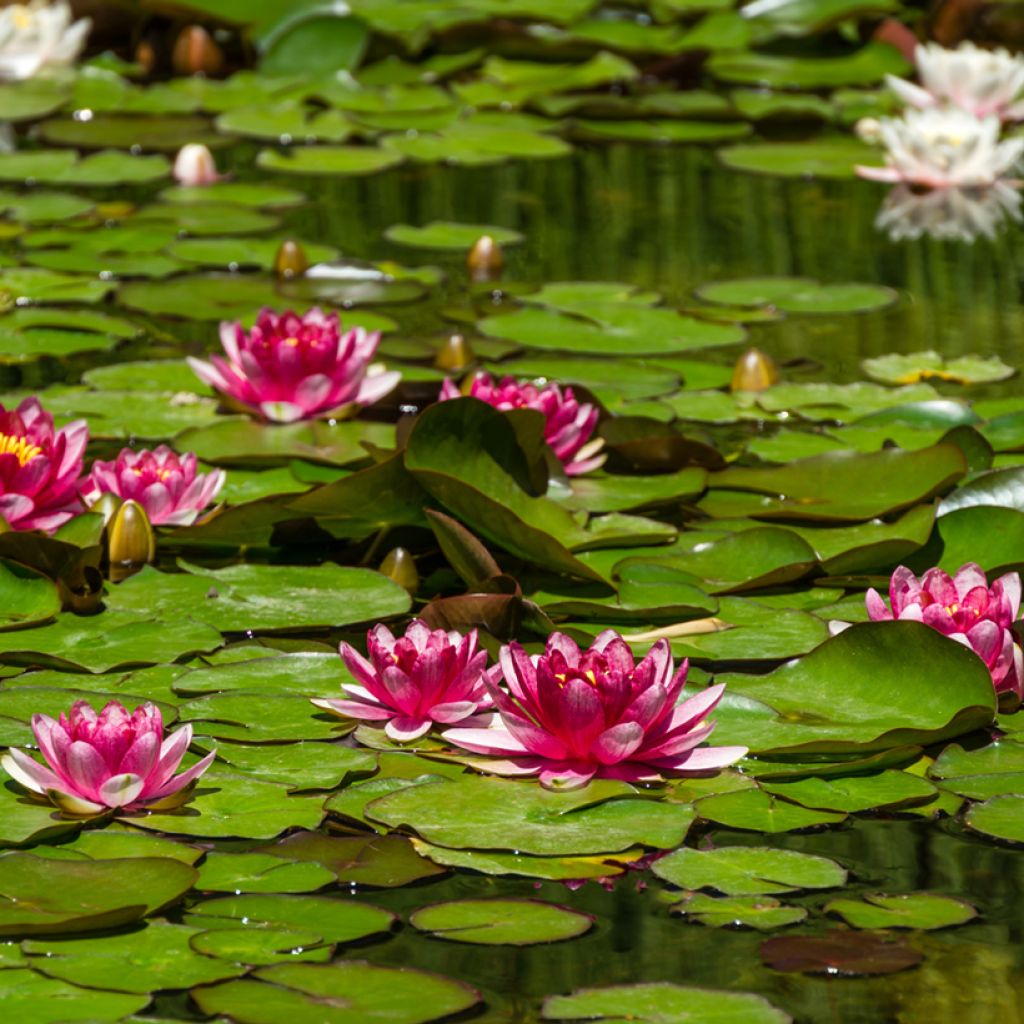

Nymphaea Attraction - Water Lily
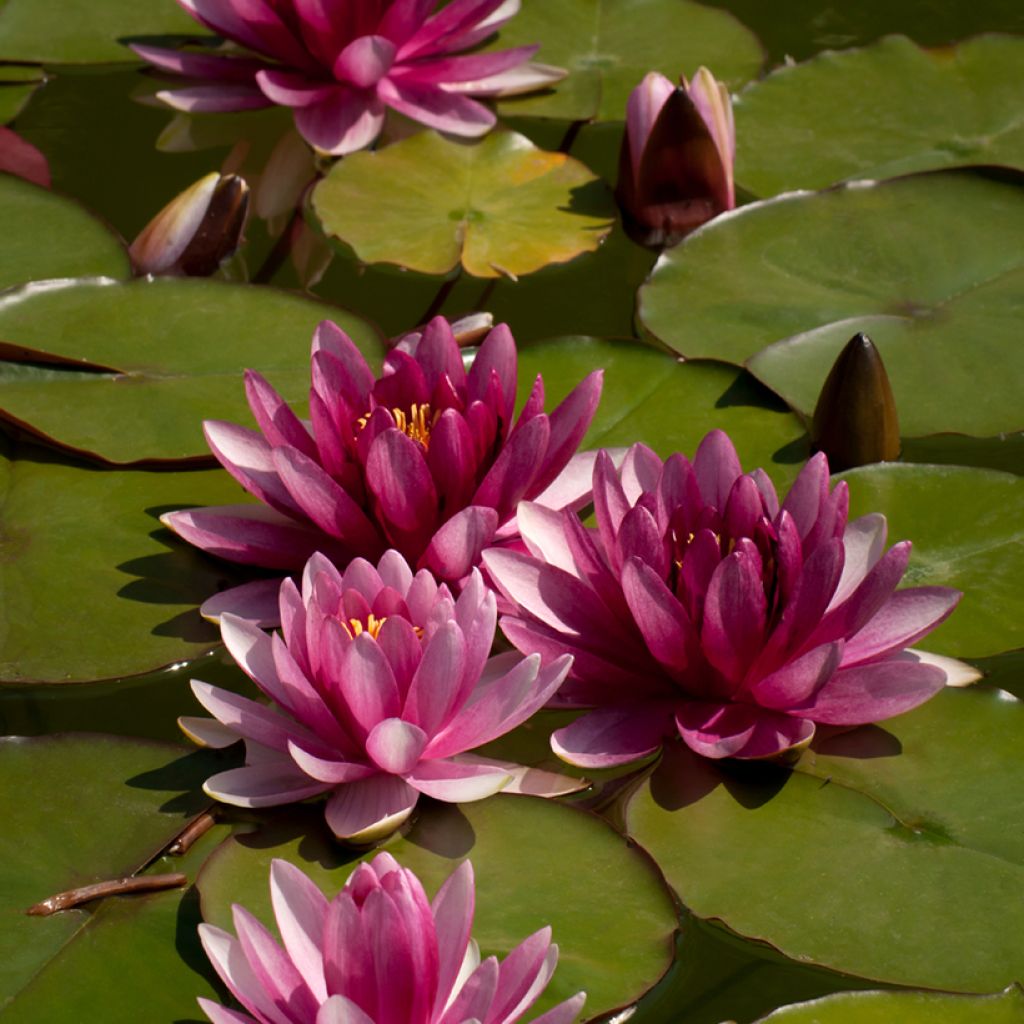

Nymphaea Attraction - Water Lily
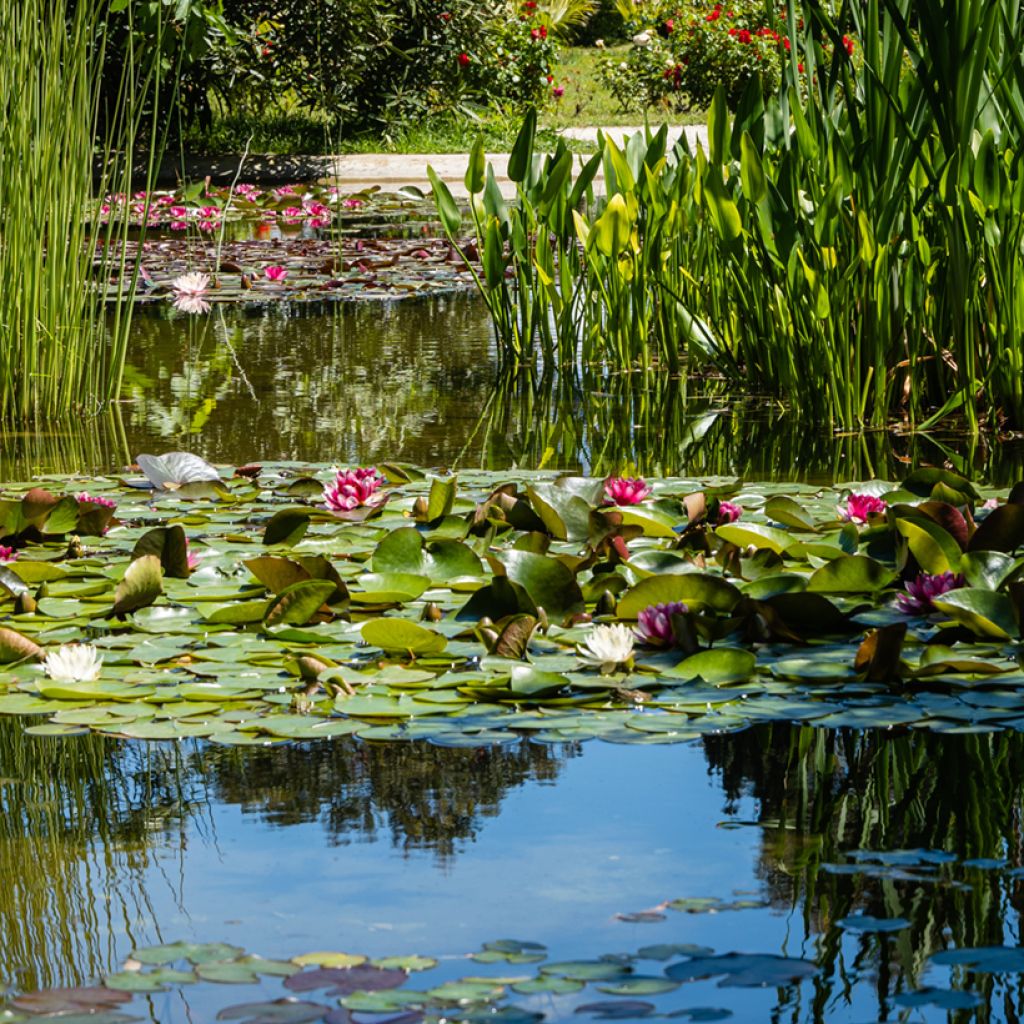

Nymphaea Attraction - Water Lily
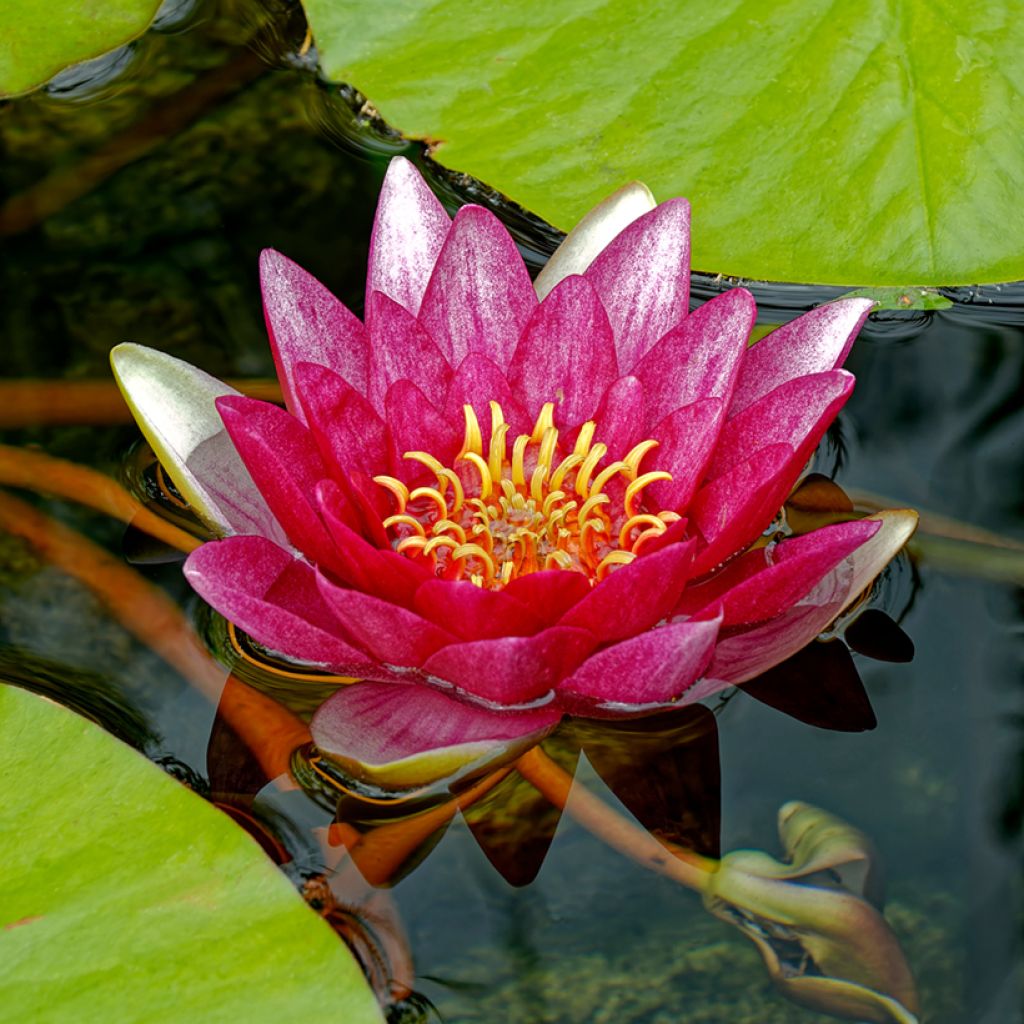

Nymphaea Attraction - Water Lily
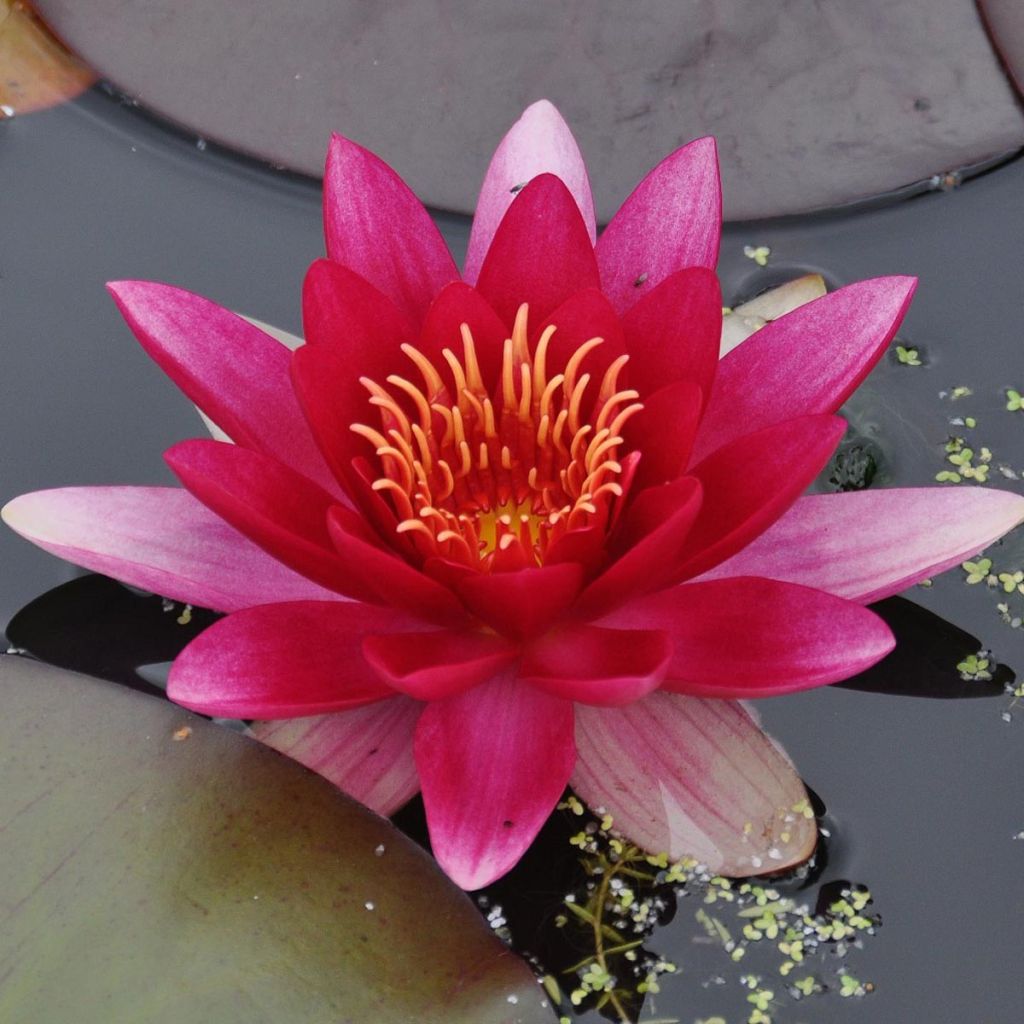

Nymphaea Attraction - Water Lily
Nymphaea Attraction - Water Lily
Nymphaea Attraction
Water Lily
Special offer!
Receive a €20 voucher for any order over €90 (excluding delivery costs, credit notes, and plastic-free options)!
1- Add your favorite plants to your cart.
2- Once you have reached €90, confirm your order (you can even choose the delivery date!).
3- As soon as your order is shipped, you will receive an email containing your voucher code, valid for 3 months (90 days).
Your voucher is unique and can only be used once, for any order with a minimum value of €20, excluding delivery costs.
Can be combined with other current offers, non-divisible and non-refundable.
Home or relay delivery (depending on size and destination)
Schedule yourself the delivery date,
and choose your date in cart
This plant benefits a 6 months rooting warranty
More information
We guarantee the quality of our plants for a full growing cycle, and will replace at our expense any plant that fails to recover under normal climatic and planting conditions.

Description of Nymphaea Attraction - Water Lily
Nymphaea Attraction or water lily, is a variety with imposing flowers with crimson petals, and almost white contrasting sepals. They begin in a cup shape and reveal brown-red stamens with golden anthers as they unfold. The foliage is abundant, almost round, and dark green. It is a very vigorous plant for large ponds.
Nymphea 'Attraction' is a rhizomatous aquatic perennial with deciduous foliage belonging to the family Nymphaeaceae. It is a hardy hybrid, obtained by cross-breeding various European and North American species, including Nymphaea alba, Nymphaea odorata, and Nymphaea mexicana.
Nymphaea 'Attraction' is a creation of Joseph Bory Latour-Marliac, resulting from a Marliacea hybrid. It develops large floating leaves measuring 25 to 30 cm (10 to 12in) long from spring. The leaves can be erect, large, heart-shaped or peltate, entire, wavy, or toothed. The plant will reach a height of 20 cm (8in) when in flower, spreading over a minimum of 150 cm (59in). The slightly fragrant, moderately abundant flowering, begins in June and continues until autumn. The large, perfectly shaped flowers are very double (with 28 petals), 25 cm (10in) in diameter, solitary, floating, and open during the day, closed at night. They start cup-shape, then open into a star shape, revealing intense red petals bordered by sepals with almost white edges. After pollination by beetles, the flower turns into a round, spongy, sticky fruit called an achene. The floral stem curves so that the fruit is submerged. When mature, it opens irregularly to release numerous seeds to be dispersed by water. The floating seeds will eventually sink and germinate in the mud.
Choose easy and floriferous varieties of a size in proportion to your pond. The spectacular and varied flowers of water lilies will be the main attraction of your pond. Most of them bloom from spring to early autumn. A water lily is an oxygenator, essential for the proper balance of a garden pond. Their leaves will provide shade and shelter for your fish, which will protect them from predatory insects such as aphids in return.
The genus name comes from the Greek nymphaia and the Latin nymphaea, which means "water lily". They were inspired by the nymphs of Greek and Latin mythology. Nymphaea sometimes produces flowers that are open during the day and sometimes those which open at night. Occasionally they are fragrant.
..
Nymphaea Attraction - Water Lily in pictures


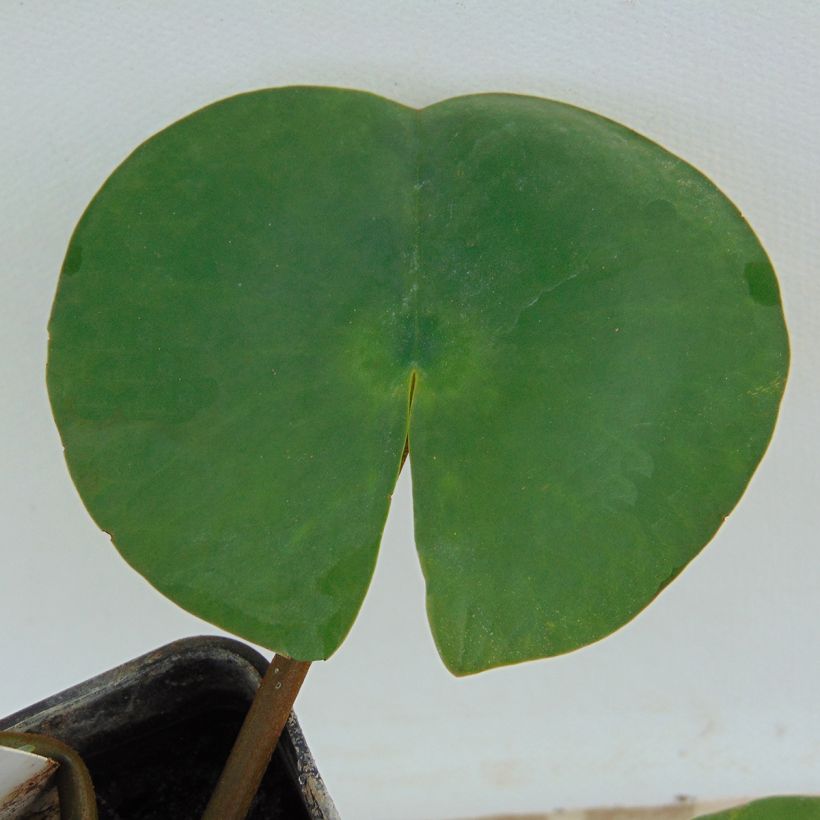



Flowering
Foliage
Plant habit
Botanical data
Nymphaea
Attraction
Nymphaeaceae
Water Lily
Cultivar or hybrid
Other Aquatic perennials
View All →Planting of Nymphaea Attraction - Water Lily
Hardy water lilies can withstand the harshness of winter if the pond is at least 50 cm (20in) deep. Nymphaea 'Attraction' should be planted from March to June at a depth of 40 to 150 cm (16 to 59in) (ideal depth: 65 to 85 cm (26 to 34in), tolerated depth: 25 to 100 cm (10 to 39in)). Plant the rootstocks of hardy water lilies in good, stone-free garden soil (never use potting soil, as it is too rich and promotes algae growth). Give them the sunniest spot in the pond. Space each rootstock at least 1.50 m (5ft) apart and plant them by vertically burying them in the soil up to their collar. In a natural water feature (pond or lake), make sure that the water level remains fairly stable and that the water is neither too acidic nor too alkaline (desirable pH between 6.5 and 7.5). The rootstocks can be planted in a wicker basket or a fine wire mesh basket and placed in the desired location. For classic hardy water lilies, use a pot with a diameter of 40 cm (16in) (wider than taller). If the bottom is muddy, simply attach a stone to the rootstock and throw the whole thing to the desired location. Never leave Nymphaea rootstocks exposed to the sun or air which will dry them out; plant them as soon as you receive them. If you have fish in your pond, spread a thick layer of large gravel on the surface of the potted plant to deter them from digging into the soil and contaminating the water. The water lilies will grow best if they are planted in suitable containers. Water lilies are greedy plants: distribute a balanced slow-release fertiliser when planting, and then every year at the beginning of the growing season (for example: Osmocote 10-11-18-2 with a duration of 5-6 months). During the summer, remove excessive leaves from the centre of the clump, keeping only the most vigorous ones. Also remove yellowed or stained leaves, or roots which emerge from the water.
When to plant?
Where to plant?
Care
Planting & care advice
-
, onVetted order
Response from on Promesse de fleurs
Similar products
You have not found what you were looking for?
Hardiness (definition)

Photo Sharing Terms & Conditions
In order to encourage gardeners to interact and share their experiences, Promesse de fleurs offers various media enabling content to be uploaded onto its Site - in particular via the ‘Photo sharing’ module.
The User agrees to refrain from:
- Posting any content that is illegal, prejudicial, insulting, racist, inciteful to hatred, revisionist, contrary to public decency, that infringes on privacy or on the privacy rights of third parties, in particular the publicity rights of persons and goods, intellectual property rights, or the right to privacy.
- Submitting content on behalf of a third party;
- Impersonate the identity of a third party and/or publish any personal information about a third party;
In general, the User undertakes to refrain from any unethical behaviour.
All Content (in particular text, comments, files, images, photos, videos, creative works, etc.), which may be subject to property or intellectual property rights, image or other private rights, shall remain the property of the User, subject to the limited rights granted by the terms of the licence granted by Promesse de fleurs as stated below. Users are at liberty to publish or not to publish such Content on the Site, notably via the ‘Photo Sharing’ facility, and accept that this Content shall be made public and freely accessible, notably on the Internet.
Users further acknowledge, undertake to have ,and guarantee that they hold all necessary rights and permissions to publish such material on the Site, in particular with regard to the legislation in force pertaining to any privacy, property, intellectual property, image, or contractual rights, or rights of any other nature. By publishing such Content on the Site, Users acknowledge accepting full liability as publishers of the Content within the meaning of the law, and grant Promesse de fleurs, free of charge, an inclusive, worldwide licence for the said Content for the entire duration of its publication, including all reproduction, representation, up/downloading, displaying, performing, transmission, and storage rights.
Users also grant permission for their name to be linked to the Content and accept that this link may not always be made available.
By engaging in posting material, Users consent to their Content becoming automatically accessible on the Internet, in particular on other sites and/or blogs and/or web pages of the Promesse de fleurs site, including in particular social pages and the Promesse de fleurs catalogue.
Users may secure the removal of entrusted content free of charge by issuing a simple request via our contact form.
The flowering period indicated on our website applies to countries and regions located in USDA zone 8 (France, the United Kingdom, Ireland, the Netherlands, etc.)
It will vary according to where you live:
- In zones 9 to 10 (Italy, Spain, Greece, etc.), flowering will occur about 2 to 4 weeks earlier.
- In zones 6 to 7 (Germany, Poland, Slovenia, and lower mountainous regions), flowering will be delayed by 2 to 3 weeks.
- In zone 5 (Central Europe, Scandinavia), blooming will be delayed by 3 to 5 weeks.
In temperate climates, pruning of spring-flowering shrubs (forsythia, spireas, etc.) should be done just after flowering.
Pruning of summer-flowering shrubs (Indian Lilac, Perovskia, etc.) can be done in winter or spring.
In cold regions as well as with frost-sensitive plants, avoid pruning too early when severe frosts may still occur.
The planting period indicated on our website applies to countries and regions located in USDA zone 8 (France, United Kingdom, Ireland, Netherlands).
It will vary according to where you live:
- In Mediterranean zones (Marseille, Madrid, Milan, etc.), autumn and winter are the best planting periods.
- In continental zones (Strasbourg, Munich, Vienna, etc.), delay planting by 2 to 3 weeks in spring and bring it forward by 2 to 4 weeks in autumn.
- In mountainous regions (the Alps, Pyrenees, Carpathians, etc.), it is best to plant in late spring (May-June) or late summer (August-September).
The harvesting period indicated on our website applies to countries and regions in USDA zone 8 (France, England, Ireland, the Netherlands).
In colder areas (Scandinavia, Poland, Austria...) fruit and vegetable harvests are likely to be delayed by 3-4 weeks.
In warmer areas (Italy, Spain, Greece, etc.), harvesting will probably take place earlier, depending on weather conditions.
The sowing periods indicated on our website apply to countries and regions within USDA Zone 8 (France, UK, Ireland, Netherlands).
In colder areas (Scandinavia, Poland, Austria...), delay any outdoor sowing by 3-4 weeks, or sow under glass.
In warmer climes (Italy, Spain, Greece, etc.), bring outdoor sowing forward by a few weeks.






























